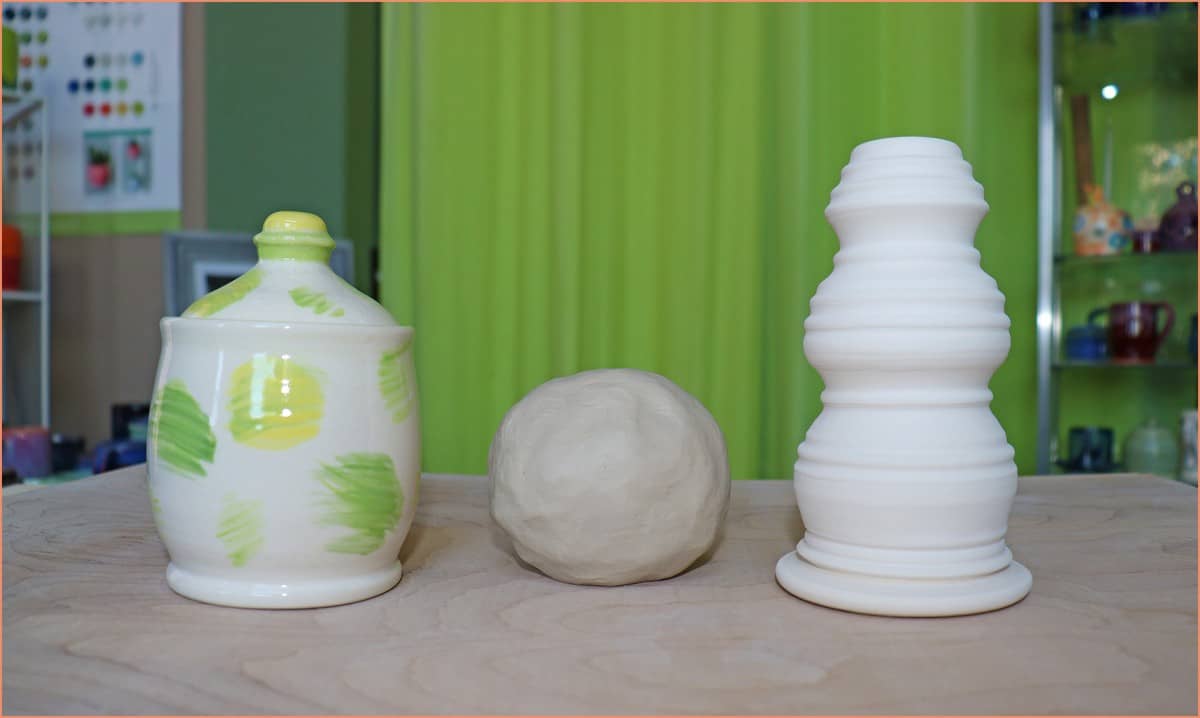The soil materials in table 3 6 seldom occur separately and this necessitates a further classification according to the percentage of each that the soil contains.
The usual raw material for ceramics generally found beneath the top soil is.
Clay brick is a product of a brick dough which consists of clayey soil and water.
If you are thinking about learning how to process clay from the ground but are wondering where to find natural clay deposits here are some good places to look.
Tips on how to process clay.
This is shown in the soil classification triangle from which it can be seen that for example a sandy clay loam is defined as soil which contains 50 to 80 sand 0 to 30 silt and 20.
Some elements such as carbon or silicon may be considered ceramics ceramic materials are brittle hard strong in compression and weak in shearing and tension.
Clay was the raw material used to make the first synthetic ceramics pottery.
The usual raw material for ceramics generally found beneath the top soil is a sand b silt c clay d plaster of paris.
Their name come from the greek keramos which signifies baked potters clay.
A ceramic material is an inorganic non metallic often crystalline oxide nitride or carbide material.
River banks stream beds construction sites road cuts naturally exposed earth such as in canyons or gullies of course you need to obtain permission from the land owner before removing any clay from a site.









